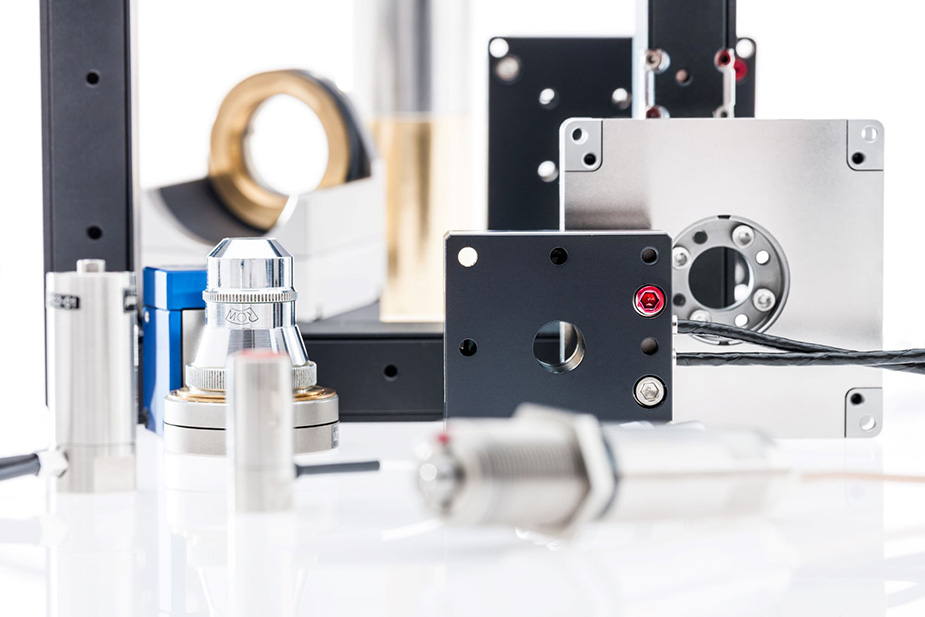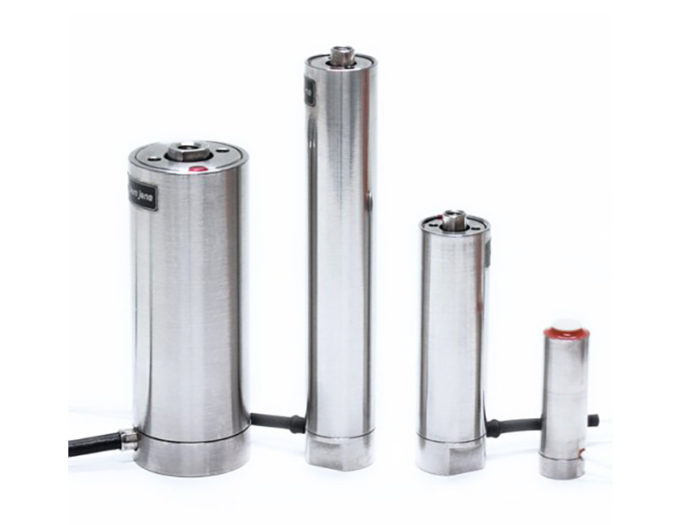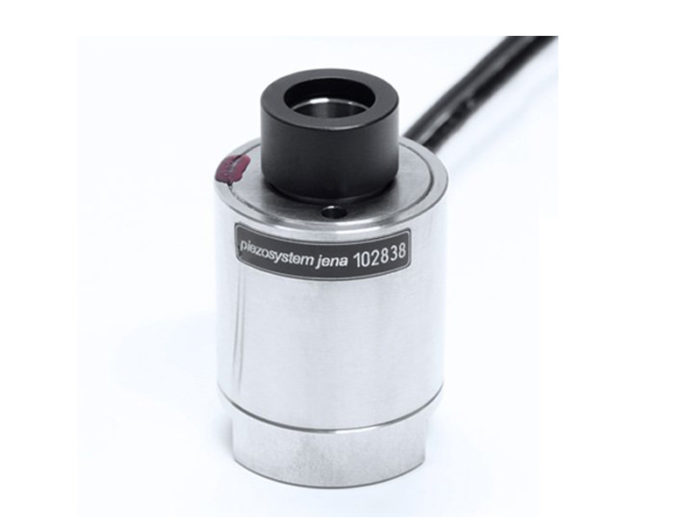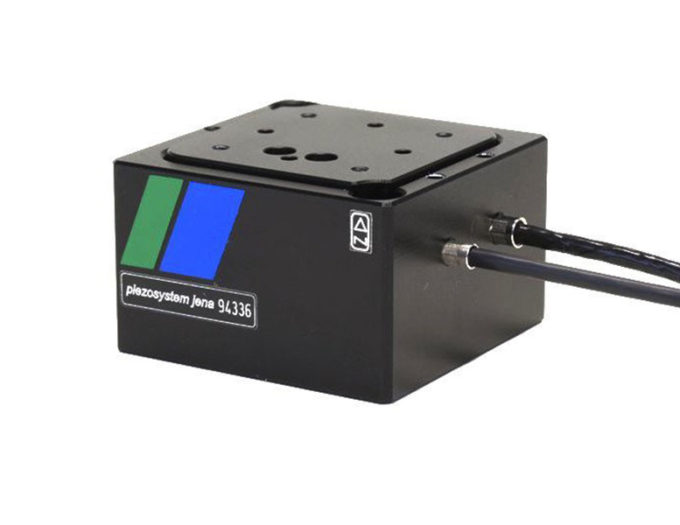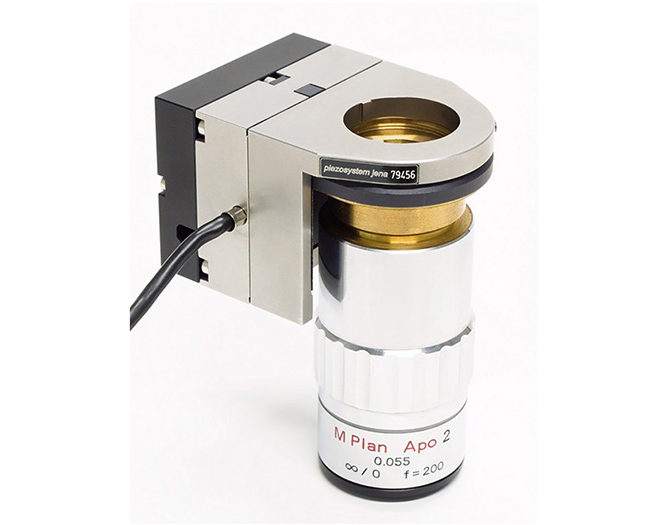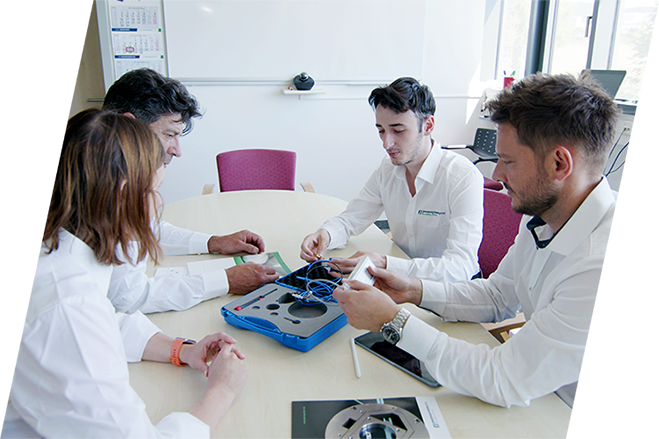6. Lever Transmission Systems
Most piezosystem jena elements work with an integrated lever transmission (see figure 2.5.1.). This construction has several advantages:
• The motion can be much higher than the motion of a basic stack type actuator.
• Because of using a parallelogram design, the parallelism of the motion is much better than the parallelism of the motion of a simple stack.
• Because of solid state hinges, mechanical play does not occur. The straightness of the motion will be similar to that of actuators without lever transmission.
• Solid state hinges operate without wear for an extreme number of cycles.
• Because of the lever transmission the capacitance of the whole system is much lower than the capacitance of an equivalent stack (with the same motion). This can be advantageous for dynamic applications because of the lower electrical current requirements (see also section 10.2. Current).
As an approximation, piezoactuators with an integrated lever transmission can be seen as an actuator with a new stiffness and a new resonant frequency. In the product data sheets these values are specified.
Piezo-electrical actuators with lever transmission have the electrical capacitance of a stack and they have a high inner resistance.
The essential changes to “normal“ stack type actuators are:


TF – lever transmission of the leverage ratio, cT – stiffness to the stack, cF – stiffness of the lever transmission construction.
Because of the lower stiffness the superelevation will be higher (up to 100 times and more in relation to the motion in the non-resonant frequency range).

While the resonant frequency of a one-sided fixed piezoelectrical stack reaches frequency values up to 50kHz, the resonant frequency of systems with integrated lever transmission will reach values of 30Hz up to 1.5kHz.
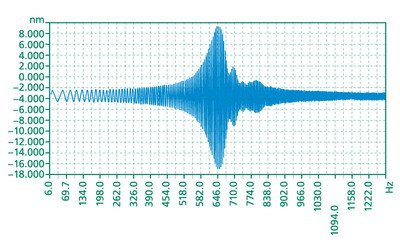
Figure 6.1. resonant frequency of piezo element with lever transmission on series PU 100
If the chosen experimental equipment is unfavorable, additional subordinate (cross) resonant frequencies may occur. The values of these frequencies can only be lower than the actuator´s main resonant frequency.

Cross Motion
Because of the principle of a lever transmission with parallelogram design, the motion in one direction is followed by a small motion in the other rectangular direction. Though the motion follows a parabolic curve, the end faces will make a parallel motion. As mentioned, the parallelism due to the lever transmission system is better than the parallel motion of the stack itself.
The order of this cross motion is approximately 0.2% but depends on the specific construction parameters.
For example, a TRITOR element with 40µm motion in the x direction will make a simultaneous motion of about 50nm in the y direction. For most applications this will not disturb the positioning precision. But in other cases it should be taken into account.
Because of the relation of 500:1 between the aspired motion and the cross motion, it is easy to understand that this parabola can also be described by a straight line.
Hence, cross motion can be minimized by optimizing the straightness of the piezoelement. This was done for the piezoelement PU 100. By alignment the cross motion was minimized to less than 15nm (see figure 6.2.).
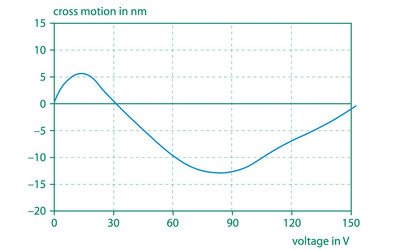
Figure 6.2. optimization of the cross motion of a piezo element PU 100
Piezo Principles Topics
- 2) Design
- 10) Electronics
- 14) Piezo Shakers
